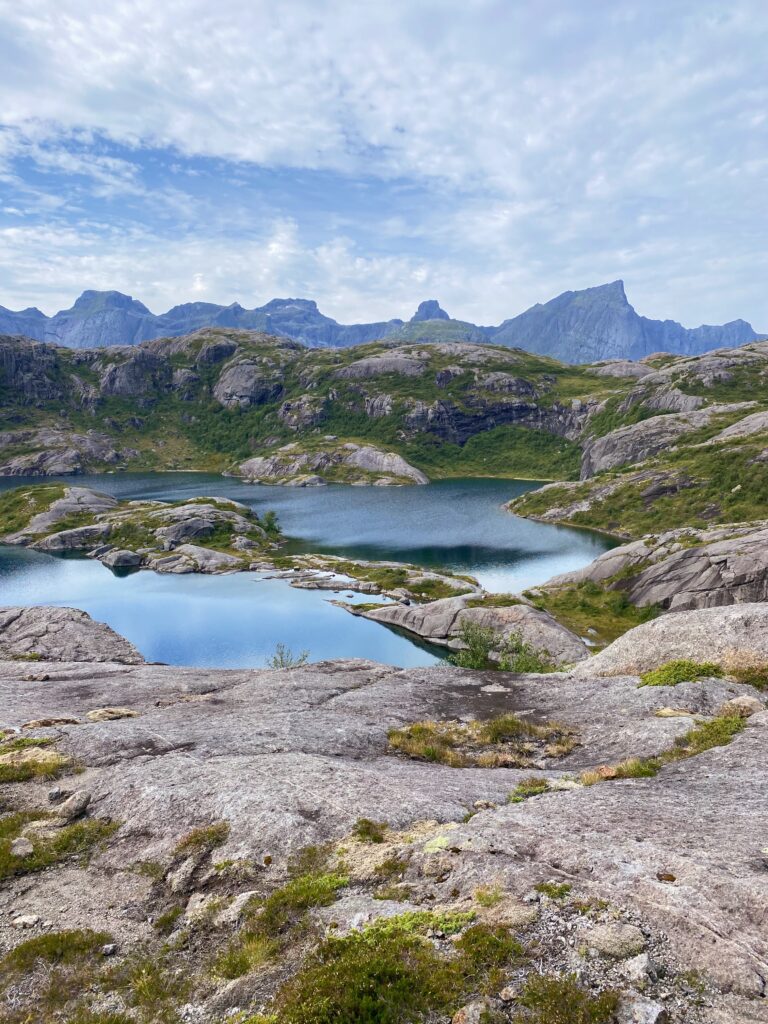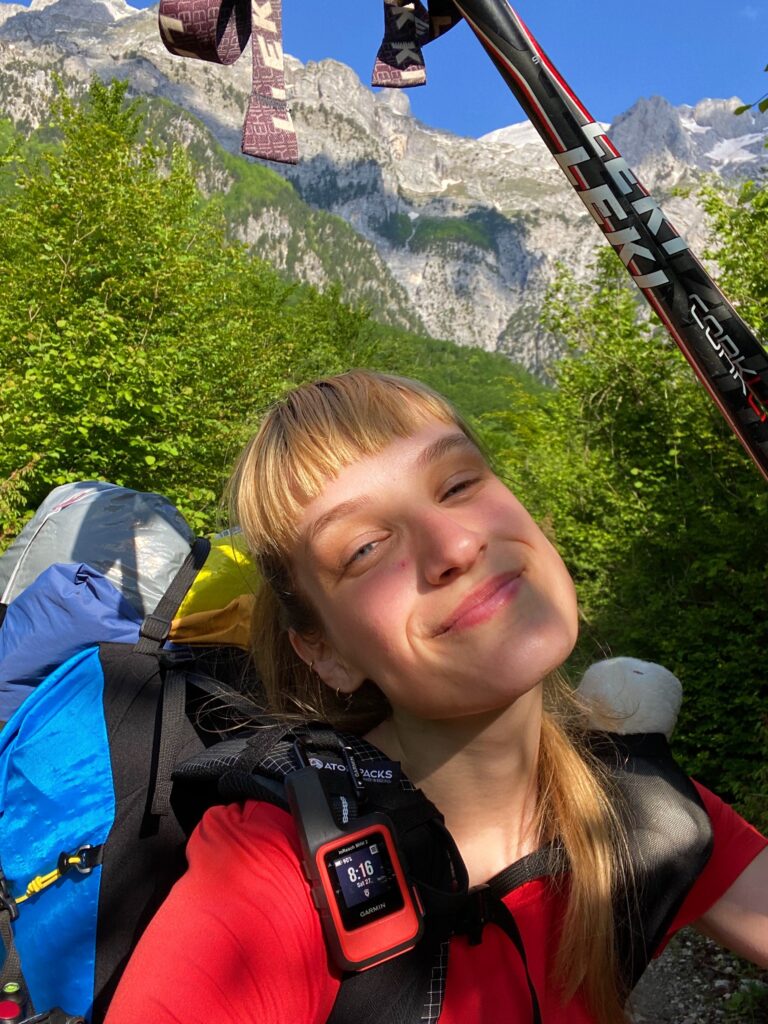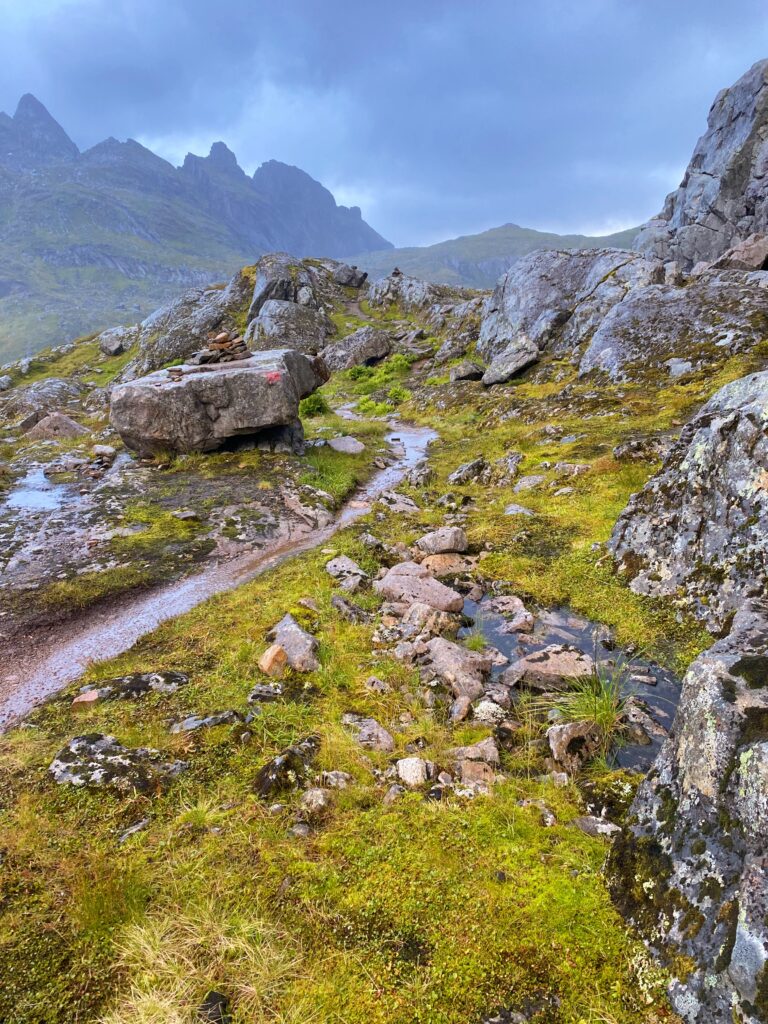~ This blog post was previously featured in the PASAR newsletter from July 2024 ~
When I tell others that I embark on my hiking adventures alone, I’m often asked, ‘Is it really safe to be all alone in the mountains?’ By now, I have a ready-made response, along the lines of: ‘It’s more dangerous to walk through a city alone at night than to wander in the mountains, as long as you’re well-prepared and take the right precautions.’ But how exactly do you prepare properly? And what are these precautions? With these five tips, you can stay safe during your solo hike.
Disclaimer: Keep in mind that you can never completely avoid all risks. However, what you can do is reduce the likelihood of potential accidents by being well-prepared.
Disclaimer n°2: These tips are, of course, also applicable to hikers who go out in a group. Preparation is always crucial; don’t assume you’re automatically safe just because you’re walking with others.

1. Be Prepared
As I mentioned earlier, your preparation is absolutely crucial when heading into the mountains. A well-prepared hiker is worth their weight in gold!
In general, this point can be divided into two categories: preventive preparation and problem-solving preparation.
On one hand, make sure you’re aware of the climate in the area where you’ll be hiking, the types of wildlife present, and any additional factors you need to consider. Create a packing list tailored to these conditions. For instance, you wouldn’t bring shorts to a place where it’s usually freezing, and it’s wise to pack a tick remover if you’re going to an area where ticks are commonly found in the grass.
Additionally, make sure you have a solid plan in place in case something goes wrong. This way, you’ll be less likely to react impulsively or panic when faced with a problem, allowing you to handle the situation calmly and thoughtfully. For example, consider what you’ll do if you get lost, encounter a wild animal, have parts of your gear break, or get caught in a storm. By having a plan in advance, you can address the situation clearly, effectively, and without panic—ready to tackle whatever comes your way!
2. Bring a GPS Device
It’s a significant investment, but one that could save your life: a GPS device that operates via satellite connection. I personally use the Garmin Inreach Mini 2, a device with several useful features—even if your hiking plans don’t completely go awry. For instance, you can keep friends and family updated on your route through a personal online map linked to your GPS (my mother was over the moon when I got this device). You can also check weather forecasts or receive alerts if you stray from the planned trail.
But the feature the Garmin Inreach is most known for is undoubtedly the SOS function—something you’ll hopefully never need, but which could be life-saving. In emergencies, this function contacts the nearest rescue services directly, providing them with your exact location (since, of course, you have a GPS with you).
In my opinion, this is an essential device when heading out on your own!
3. Don’t Share Your Plans on Social Media
It’s tempting and usually harmless, but as a precaution, it’s better not to share your plans on (public) social media. It might sound paranoid, and the risk is low if you’re truly in the wilderness, but especially around larger stops, you’ll want to avoid this risk.
Consider locals who could track your plans if they find your profile on social media (and believe me, they will), or that one person you met along the way who seemed a bit too interested. In short, prevention is better than cure!


4. Keep Someone Informed of Your Plans
Make sure at least one trusted person knows your plans. If something goes wrong, they will have an idea of what you intended and approximately where you are. They can also raise the alarm if they haven’t heard from you for a while or if they haven’t seen any recent updates on your GPS device.
Extra tip: In some foreign hiking huts, you can leave your details in a logbook. This allows rescue services to consult it if something happens along the way. They’ll know the last checkpoint you reached and can search for you more effectively if needed.
5. Talk to Hikers Coming the Other Way
A simple tip, but often invaluable: chat with hikers who are coming towards you. They can provide information about the trail you’re about to walk. For example, is it very muddy, meaning you’ll need to allow extra time? Are there sections where you won’t find suitable camping spots, or parts of the route that are hard to locate? This information can make your hiking experience much more pleasant and could potentially help you avoid unpleasant situations.
And there you go: heading out on your hike well-prepared and as safely as possible! I wish you a fantastic time and hope you have an unforgettable hiking experience!




